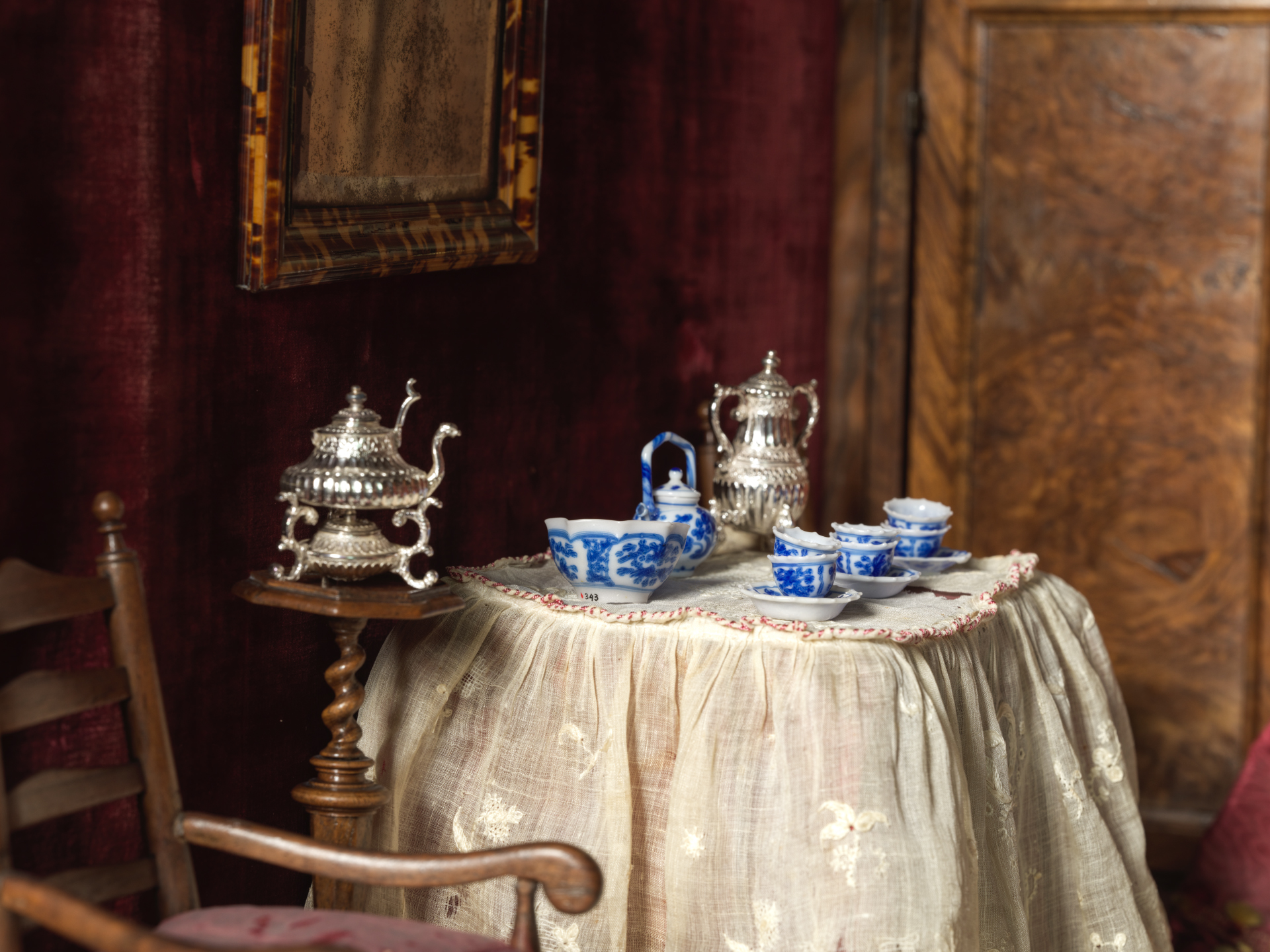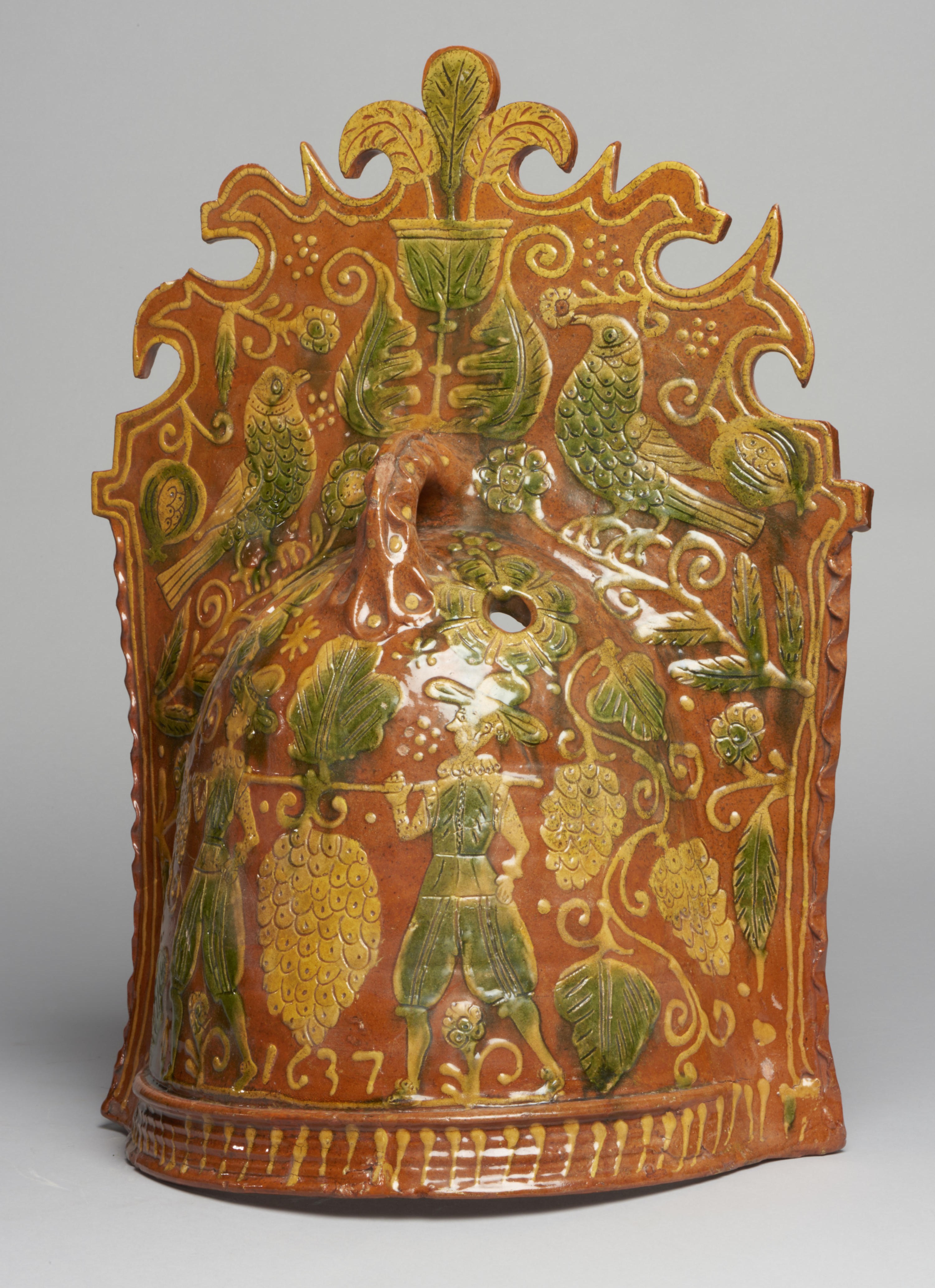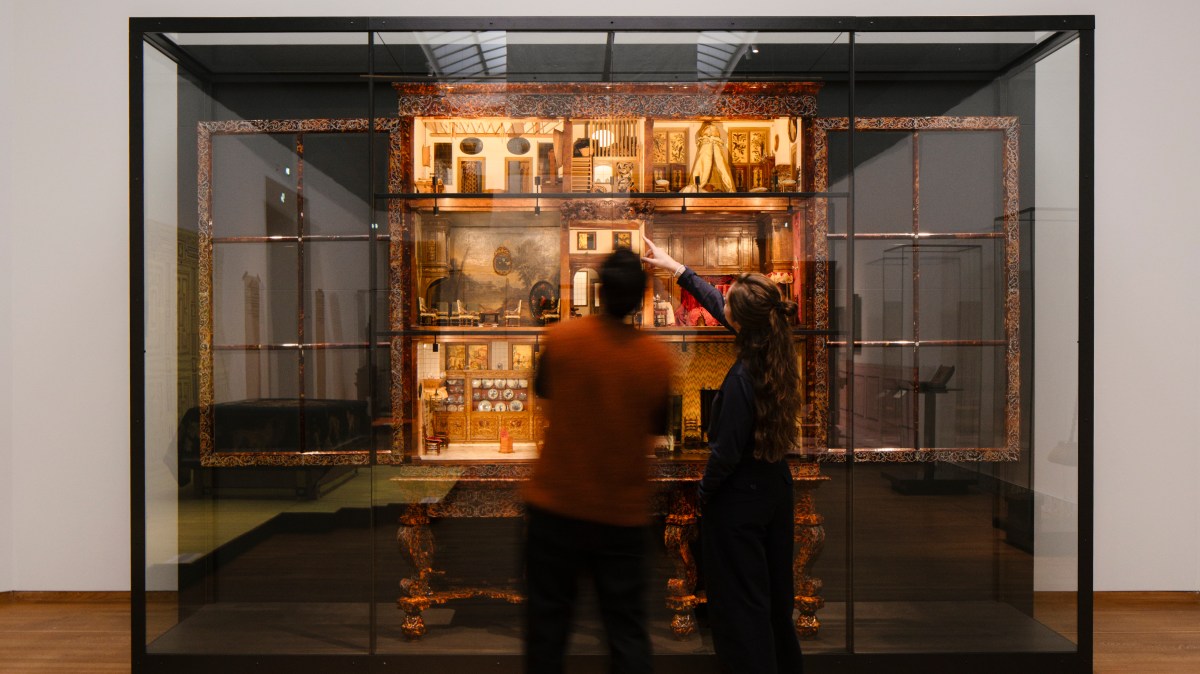Behind the serene paintings of hushed interiors by 17th-century masters such as Vermeer, Rembrandt and Hals was a vibrant world of powerful women and households that were the foundation of the Dutch “golden age”.
A new exhibition at the Rijksmuseum in Amsterdam, At Home in the 17th Century, unlocks the door to the everyday lives of Dutch people through everyday objects, books and letters as well as the masterpieces and artistic genius of the era.
“We feel we know the 17th century through the paintings of Vermeer or Rembrandt and even if we stroll around Amsterdam’s canals. But those images are often incomplete and highly curated, not by us, but by the painters themselves,” said Femke Diercks, the head of decorative arts at the Dutch national museum.

Plain household objects are on show alongside masterpieces in the immersive exhibition
JORDI HUISMAN

“They’re like the Instagram of the 17th century. They show a perfect image. Everything is neat and tidy. Every object is placed perfectly, but it’s not real life. And so for this exhibition, we wanted to look at life, real life itself.”
Through children’s toys, doll’s houses, cooking utensils, bedpans and the objects and routine of everyday life, it reveals how an age of public virtues, science and the arts was founded.
The exhibition, which opens on Friday, presents highlights of decorative arts alongside objects that were found in every household, including excavations from cesspits that reveal what people ate.
Dutch doll’s houses at the time were seen not as toys but as representations of the ideal household, filled with hundreds of meticulously crafted miniature objects.
The museum’s famous Petronella Oortman doll’s house is to opened up to the public online in a digital tour later this week, with a script spoken by Helena Bonham Carter, the British actress. “Come in and see this magical world in miniature. It will restore your senses of wonder,” she says in a video.

Petronella Oortman’s doll’s house is described as a “magical world in miniature”. Below, a detail from one of the rooms
SEPIA TIMES/UNIVERSAL IMAGES GROUP/GETTY IMAGES

One of the two different but interlocking spheres of life in the golden age can be seen in Rembrandt’s The Night Watch, from 1642, showing a citizen militia sallying forth to defend the nation, a potent national symbol. The other is in Vermeer’s Little Street (1657) with its sublime stillness as two women work and children play outside an ordinary house. The paintings hang in the Rijksmuseum.
Both worlds were equally important to the Dutch people and society of the day. Households, where families were raised, where children became citizens, were a valued haven, often beautiful, where individuals recharged themselves for the rigours of public life.
While moralist authors such as Jacob Cats, whose book Marriage, written in 1625, was a fixture on most people’s shelves, described the ruling of households as the responsibility of the man, in practice it was often his wife who played the leading role.
The female head of a 17th-century household, who often worked as well, is not to be confused with the “trad wife” of the 21st-century American conservative right or the nostalgically recalled housewives of the 1950s, the exhibition shows.

Rembrandt’s The Night Watch behind its protective glass at the Rijksmuseum
ALAMY
“They had a central role as managers of the household. Running the house may sound a little trad-wifey to us today, but really gave them a lot of agency compared to earlier centuries,” Diercks said.
Women in the persona of domina domus — the mistress of the house — came to the fore in an equal role to husbands wearing belts or girdles with keys to symbolise their control of the dwelling, its rooms and cupboards.
Rather than clogs, tulips or windmills, the 17th-century Dutch were known for cleanliness.
In one story, recounted in a 1655 letter by William Temple, who later became an English ambassador to Amsterdam, a maid representing the woman in charge of the house ordered the city mayor, who had joined Temple on a visit, to take off his shoes to prevent him from dirtying the floor. “When he refused and didn’t take them off, the maid — who was tall and strapping — lifted him up and sat him in a chair like a child,” said Sara van Dijk, a curator at the Rijksmuseum. “The Englishman was very surprised that Dutch women were so bossy.”

A child’s rattle made of quartz and gold, from about 1685-1700
RIJKSMUSEUM

An 1637 earthenware fire curfew, used for covering a domestic fire’s embers, depicts explorers searching for the promised land
RIJKSMUSEUM
Children, such as those portrayed by Vermeer or the many pictures by Hals of his children, were important and regarded by the thinkers of the day as vital because without them there would be nobody to “populate the towns, no new statesmen to govern the country and no new members of the church”.
Children, even of the poor, were taught to read and write.
Two letters in the exhibition show the progress that a young girl, Annetje Jochems, made in writing to her father, who was working abroad. She makes mistakes, crosses out letters, practises her alphabet and accidentally smudges the ink. The result is a spotty, barely legible note that, as all parents know, was to be treasured.
But in the turmoil of the 17th century, in the 1672 “year of disaster”, war and collapse, her letters went astray after the boat carrying them was seized by English privateers. They were found in the British national archives and are on loan for the exhibition. “My six-year-old is starting to write and I see the same. It is very easy to relate to even if there is no threat from English pirates today,” said Suzanne van Leeuwen, another senior curator at the museum.

